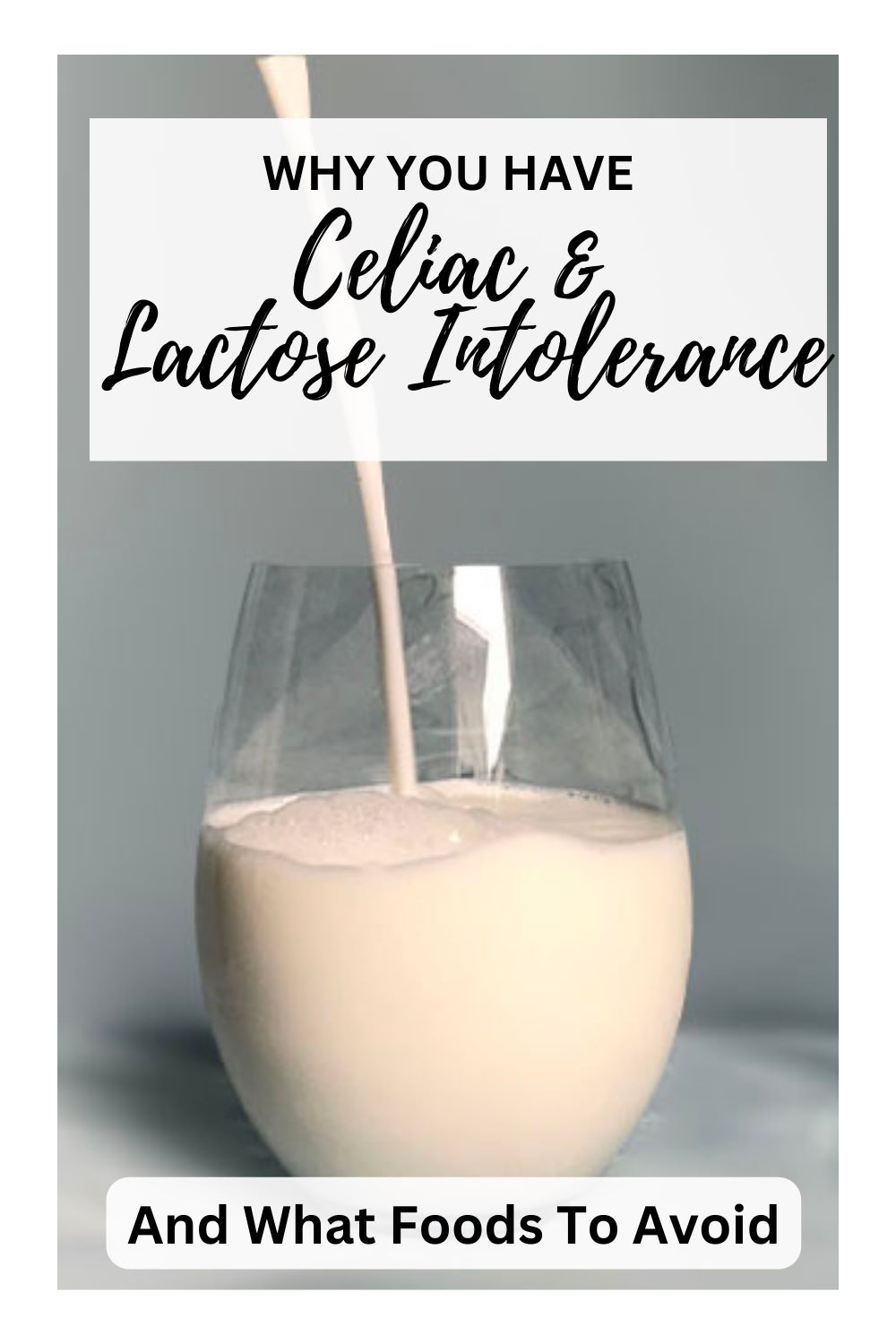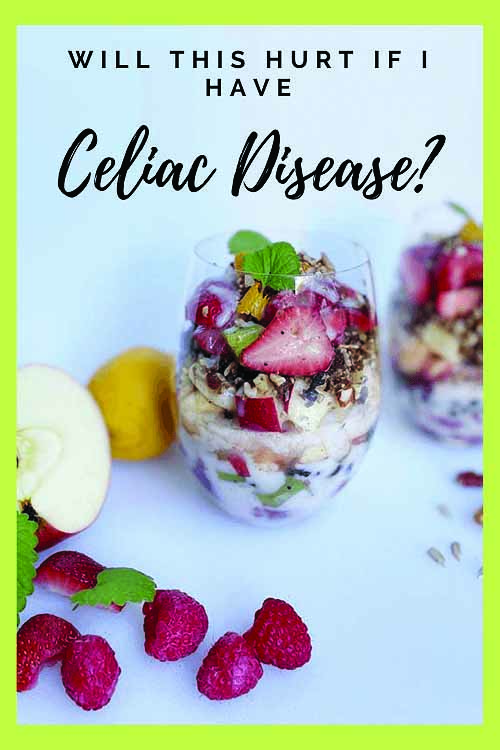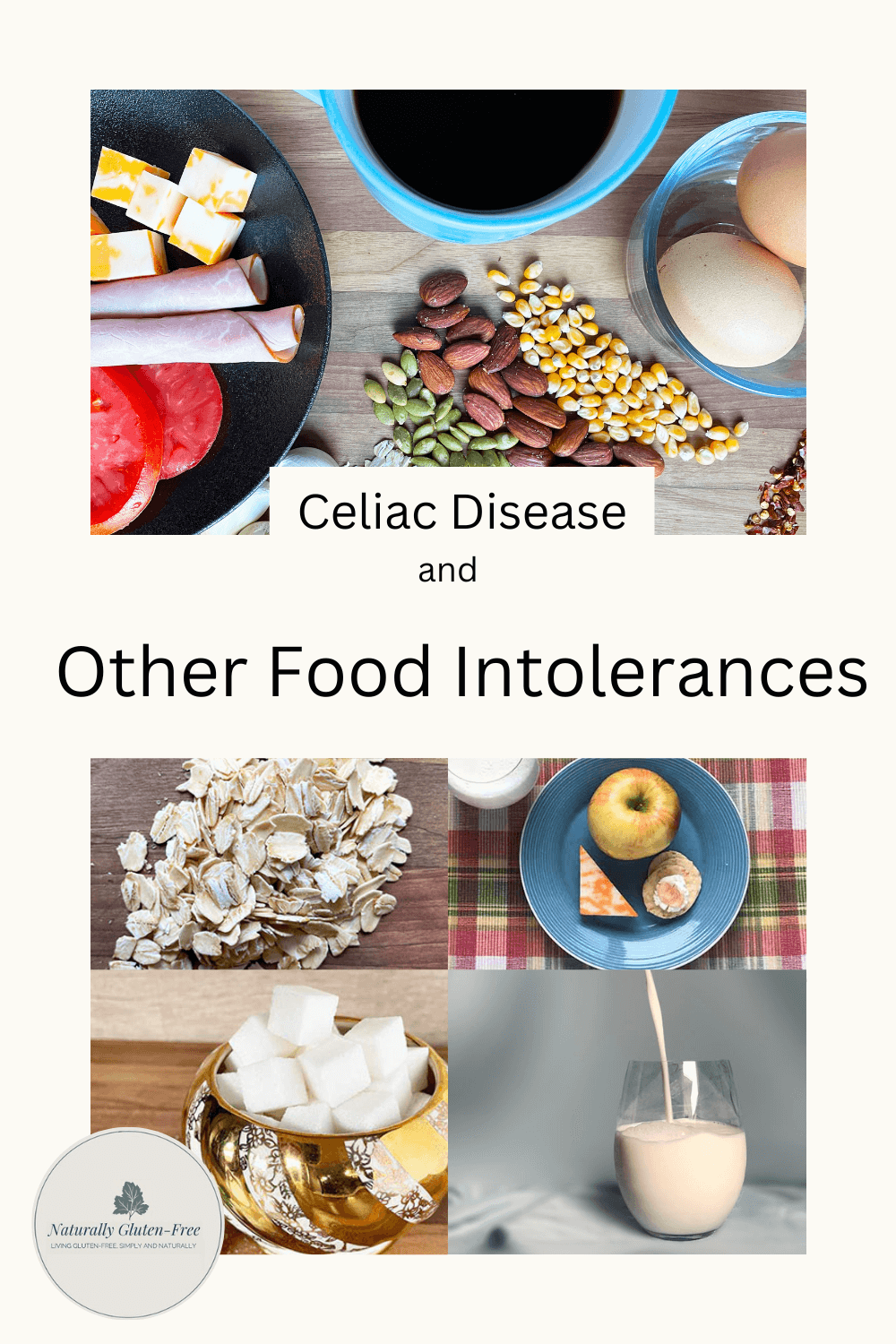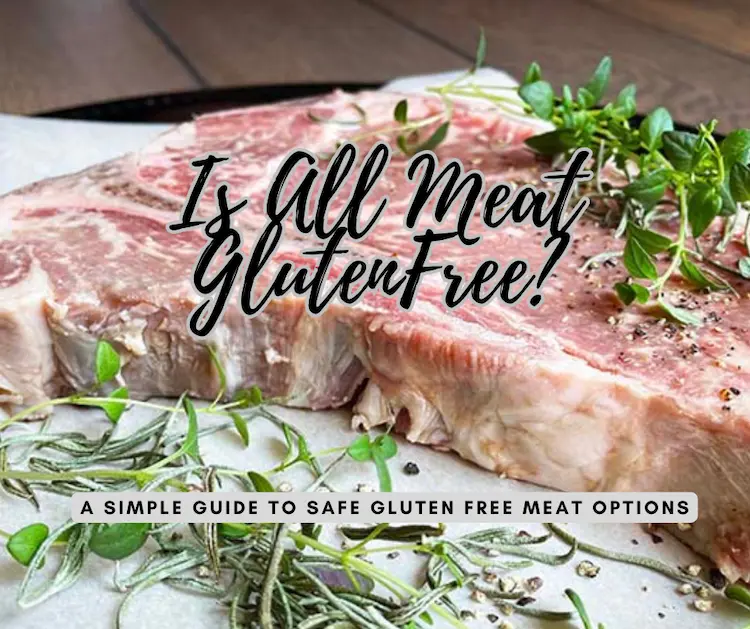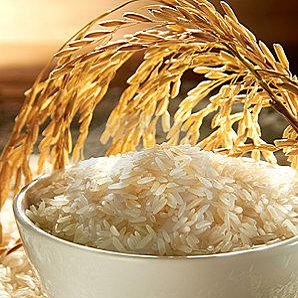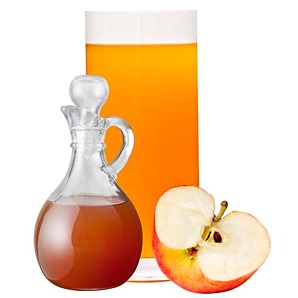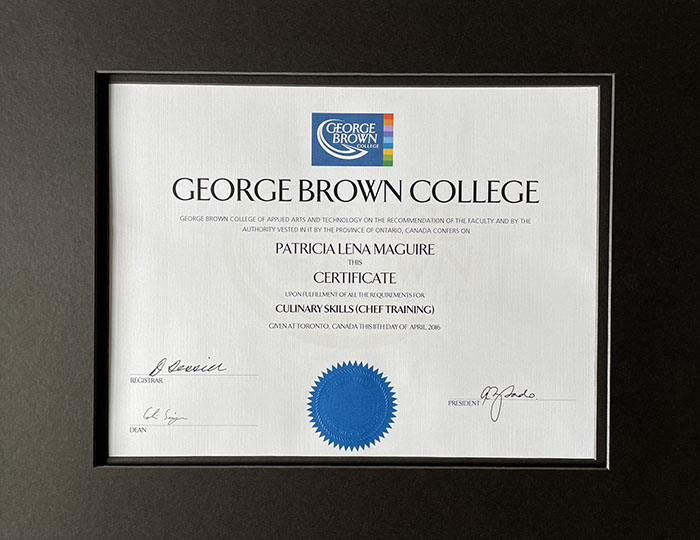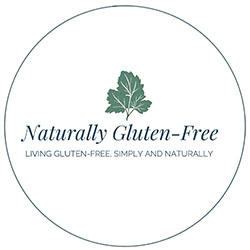- Home
- Intolerances and Special Diets
- Celiac and Lactose Intolerance
Why You Have Celiac and Lactose Intolerance and Foods You Should Avoid
Celiac and lactose intolerance are very different but often go hand in hand. Here's what you need to know about why this is, what the difference is and how to handle it.
Pin For Later
Celiac and Lactose Intolerance
What is Celiac Disease?
Celiac disease is an autoimmune condition which is triggered by eating foods containing gluten.
The most common symptoms of celiac disease are digestive. Problems like diarrhea, constipation, gas, and bloating are common. You can also have non-digestive symptoms like brain fog, muscle and joint pain, and skin rash.
Untreated celiac disease can cause damage to the small intestine and lead to serious consequences like cancer.
What is Lactose Intolerance?
Lactose intolerance is an enzyme deficiency which results in the inability to digest lactose which is a sugar in milk.
Lactose is a disaccharide meaning it is comprised of two sugar molecules bonded together and this makes it hard to digest. Most babies and many adults can digest lactose because our small intestines make an enzyme called lactase. This enzyme breaks down the lactose and makes it digestible.
Gluten and Dairy Intolerance Connection
You may have already noticed the connection between celiac and lactose intolerance is the small intestine.
If you have celiac disease and you are on a gluten free diet, but you still have problems, you might wonder if you're accidently ingesting gluten. But it’s possible that those stubborn symptoms are caused by lactose intolerance.
Secondary Lactose Intolerance
Secondary lactose intolerance occurs when the inability to digest lactose is caused by another condition that damages the small intestine, interfering with lactase production. This is why celiac and lactose intolerance often go hand in hand.
Lactose Intolerance as a Symptom of Celiac Disease
Often people with untreated celiac disease notice that they have trouble with dairy before they realize they have trouble with gluten. In this way, lactose intolerance may be considered a symptom of celiac disease. Because of this, the celiac disease centers at Stanford and the Mayo Clinic both recommend testing anyone with lactose intolerance for celiac disease.
Is Secondary Lactose Intolerance Permanent?
Usually not. If lactose intolerance is caused by another condition like celiac disease, then treating that other condition usually fixes the lactose intolerance. Most folks with celiac and lactose intolerance can re-introduce dairy products after 6 months to a year on a gluten-free diet.
If the ability to digest dairy does not return, then the problem may not be lactose intolerance but a casein allergy instead.
Difference Between Celiac Disease and Lactose Intolerance
- Celiac disease is an autoimmune disease which if untreated can have serious consequences.
- Lactose intolerance is an enzyme deficiency which causes uncomfortable symptoms but is much less serious.
- Celiac disease is permanent. The only treatment is a life long gluten-free diet.
- Lactose intolerance may be temporary. If your lactose intolerance is caused by celiac disease you may be able to have dairy products after six month to a year on your gluten-free diet.
- Celiac disease means complete and total avoidance of gluten including cross contamination.
- Lactose intolerance means avoiding dairy products only point that your symptoms go away. You don't have to be as vigilant and cross contamination is not a concern.
Diet for Celiac Disease and Lactose Intolerance
If you have celiac and lactose intolerance, you must avoid both gluten and dairy at least for a while.
The good news is, most naturally gluten-free whole foods like fruits and vegetables and whole fresh cuts of meat are also lactose free.
The one big difference between lactose intolerance and celiac disease is that you don’t necessarily have to ferret out every last molecule of lactose. You only need to avoid it to the degree that it causes symptoms. For example, I sometimes sneak a bite of my husband’s crème brulé when we’re out for dinner. I may get away with it, I may not, but I would never cheat like that with gluten.
Lactose Intolerance Foods to Avoid
|
Lactose is found in dairy products like:
The good news is that the amount of lactose in these products varies and you may be able to tolerate small amounts. For example, hard cheeses like cheddar contain about 0.07% lactose and is often well tolerated. Yogurt contains the lactobacilli bacteria which can help to break down the lactose making it easier to tolerate. |
Pin For Later |
Hidden Sources of Lactose
Avoiding these obvious sources of lactose may be enough, but if you are still having problems you may need to pull out your label sleuthing skills and look deeper. Dairy is a common food allergen, so in most places it must show on the label.
Lactose is often used as a commercial food additive and a carrying agent for flavorings so you may find it in:
- processed meats like hot dogs or cold cuts
- flavored snacks like chips or popcorn
- bottled sauces
- salad dressings
- food supplements and medications.

Labeling laws for alcoholic beverages and medications are different so it may take a bit more digging to find lactose hiding in those places.
Amount of Lactose in Dairy Products
Milk, especially low-fat milk, is quite high in lactose at 13g per cup of milk.
You may want to avoid or severely limit fluid milk or only have it with meals when food is slowing digestion and you may tolerate it better. Many people find they can tolerate a bit of milk or cream in their coffee or tea.
Hard cheeses like cheddar cheese are very low in lactose at 0.02g per 30g of cheese. Butter has almost no lactose. Most people tolerate these quite well.
The table below shows the amount of lactose in common dairy products.

*Although yogurt is quite high in lactose, it has the Lactobacillus acidophilus bacteria which aids with lactose digestion.
Supplements for Lactose Intolerance
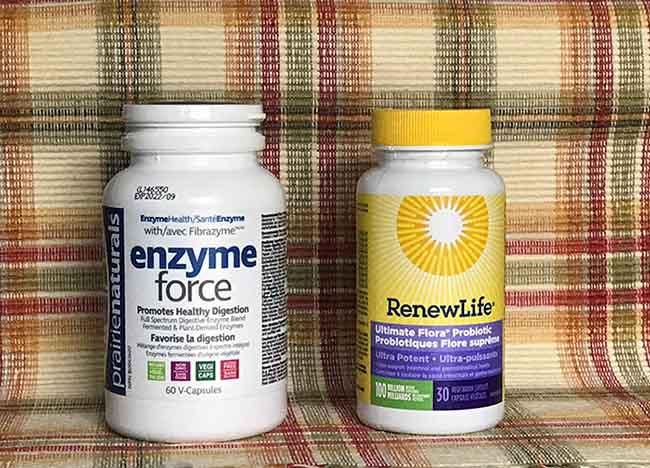
Lactase Enzymes
Lactase enzymes come in capsule or liquid form and are available in most health food stores. Some are added directly to your milk product to convert the lactose into simple sugars which are sweeter tasting and easier to digest.
Lactase enzymes also come in a capsule taken about 15 minutes before ingesting lactose.
Some people find taking enzymes works very well and others report that it doesn’t help.
Pro-biotics for Lactose Intolerance
Lactobacillus acidophilus is a bacterium that occurs naturally in our digestive systems and in fermented foods like sauerkraut, miso, and some yogurts. These microscopic residents of your gut are called probiotics. They break down lactose and help with overall digestion.
Probiotics are also available in capsule form. They function a little differently than enzymes. They are taken daily to inoculate your gut with healthy bacteria, to aid with overall digestion and to crowd out harmful bacteria.
If you have celiac disease you may already be taking a probiotic. This is good. Just double check to be sure the one you're taking is good for both celiac and lactose intolerance. The folks at your health-food store can recommend a good full spectrum probiotic for you.
Make sure any supplements you take are gluten-free.
Lactose Free Dairy Products
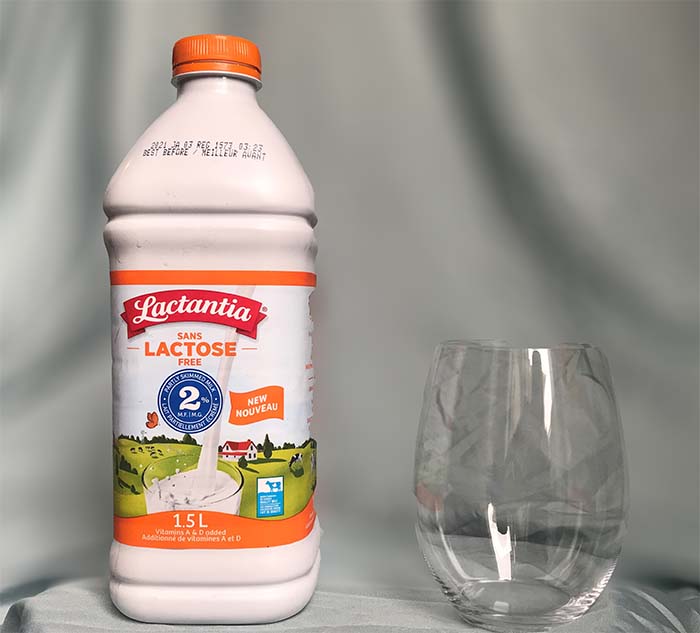
These are quite easy to find in your grocer’s dairy case. Regular cows milk products are treated with the lactase enzyme. This breaks down the lactose into simple sugars to make it easier to digest. You may find these products taste sweeter than untreated dairy products.
If lactose free milk causes you problems, or if dairy products with minimal lactose like hard cheese or butter cause you problems, then the issue may be casein instead of lactose.
Plant Based Alternatives
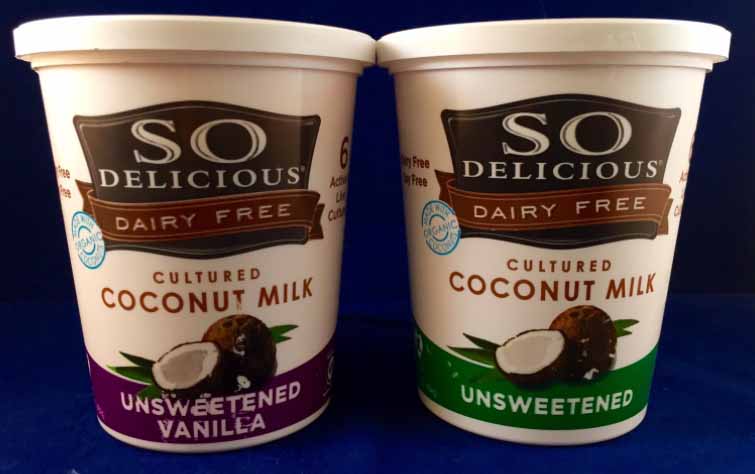
There are lots of plant based "milks" on the market that work fine in your coffee, on your cereal, in baking and sauces. These are likely to be naturally gluten-free, so good for both celiac and lactose intolerance, but always read labels to be sure.
|
Some examples of non-dairy substitutes include:
|
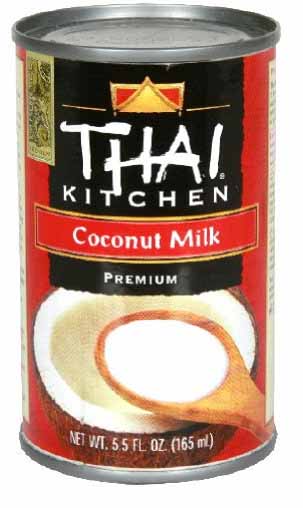 |
You'll also find vegan or plant based alternatives to common dairy products like:
- cheese
- yogurt
- cream cheese
- ice cream
- many spreads and dips
Experiment to find what you like. You may choose different options for different applications. For example, I like oat milk on my cereal and I use canned coconut milk in baking and creamy sauces.
If you’re eliminating dairy products from your diet, you’ll be looking for some substitutions. Here are a few ideas.
Lactose Intolerance Nutrition
Milk and milk products are an excellent source of several important nutrients and a recommended part of a healthy diet. Of course, you can have a healthy diet without dairy products, you just need to be aware of what you are missing and make it up elsewhere.
The key nutrients in milk are calcium, vitamin D, protein, phosphorus, magnesium, potassium, vitamin B12 and zinc.
A healthy diet that includes dark leafy greens, meat,
fatty fish like salmon, and poultry will fill in the gaps nicely. If you are vegan or vegetarian then meat
substitutes like grains, nuts, seeds, beans, peas and legumes will serve you
well too.
Sources:
https://en.wikipedia.org/wiki/Lactose_intolerance
Home> Intolerances and Special Diets >Lactose Intolerance
